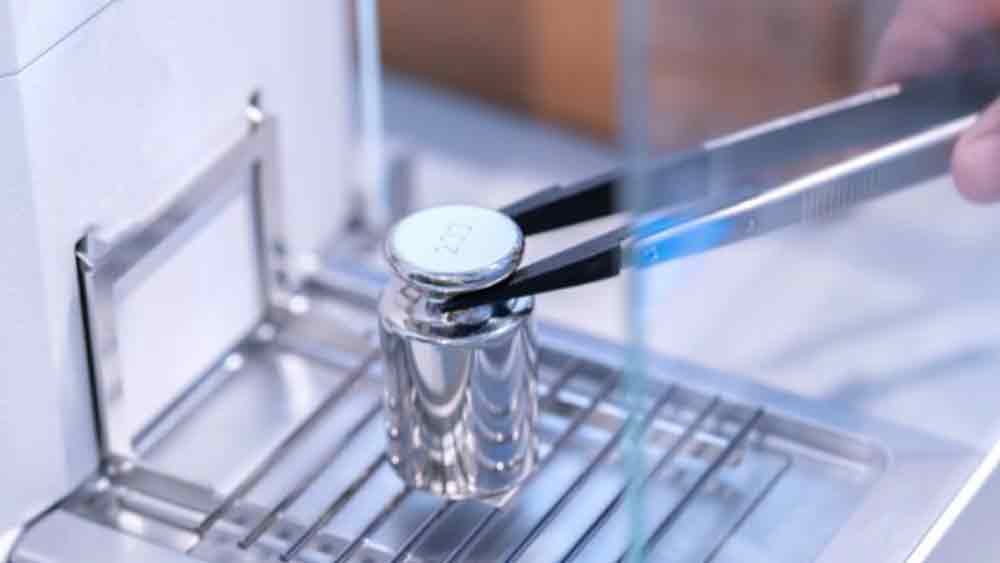CIH Equipment
Industrial hygiene equipment plays a critical role in ensuring workplace safety by monitoring airborne contaminants, noise levels, and other hazardous conditions. However, accurate readings depend on regular industrial hygiene equipment calibration to maintain precision and compliance with regulatory standards.
|
ADVERTISEMENT |
Environmental factors can significantly affect calibration accuracy, leading to discrepancies that may compromise workplace safety. Understanding these influences and mitigating their effects is essential for industrial hygienists and safety managers.
The role of temperature
Temperature fluctuations can greatly affect industrial hygiene equipment calibration by altering sensor responses, electronic component performance, and the stability of reference materials. For example, gas detection devices and airflow meters may provide inaccurate readings if exposed to extreme hot or cold temperatures.
…

Add new comment